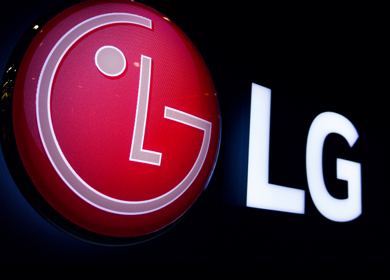Google updates its ‘Consent Mode’ and Helps Advertisers Manage Privacy Permissions Better
Published: August 03, 2022

Google rolled out new updates to the Consent Mode. These are visible on the Google Ads conversion page. The new features will assist advertisers in configuring and troubleshooting Consent Mode.
Consent Mode lets advertisers change how Google Tags behave based on the consent status of their users. When a user provides consent, Google tags dynamically adapt the cookies to reflect the presence and extent of this consent.
Google will use this consent as a trigger to apply conversion modeling and recover conversions lost due to consent changes.
Shirin Eghtesadi, Senior Product Manager, Privacy Centric Measurement, in the Google said, “To help marketers confidently set up Consent Mode, we’ve built new support and troubleshooting features in Google Ads, bringing clear guidance right to your screen. The status column on your conversion summary page in Google Ads will indicate whether Consent Mode is properly implemented. It will also allow you to access diagnostics from that page or the conversion action settings page."
Shirin Eghtesadi adds that in the coming months, advertisers can view troubleshooting alerts in diagnostics tabs, and domain-level insights about their tagging and consent rate.
Google is launching a new partner management program in collaboration with several Consent Management Platforms (CMP). CMP partners such as One Trust, Consent manager, Didomi, and more. The CMP partners provide additional assistance with implementation and tech support.
Our Point of View
Google’s Consent Mode is the tech giant’s response to continued institutional initiatives in safeguarding the customer’s right to know and control their user information. Google’s Consent Mode as a method for collecting GDPR compliant data is still being debated for thoroughness.
Google Consent is not a CMP. So, it's convenient for us that Google has partnered with multiple CMPs that can implement consent management functions based on Google’s customer tags.
Google's consent mode makes it easier for you to track visitors’ data, get privacy-safe insights and attribution clarity from campaigns, to optimize them to meet privacy choices.
Without consent mode indicators, marketers will struggle to understand campaign performance, allocate, or optimize the budgets.
The conversion modeling in consent mode supports recovery of lost conversions due to consent changes. This is not something that you could do earlier. This way, there is more data on the table, even it is filtered for user preferences. Which is better than totally blocked data.










Be the first one to comment.